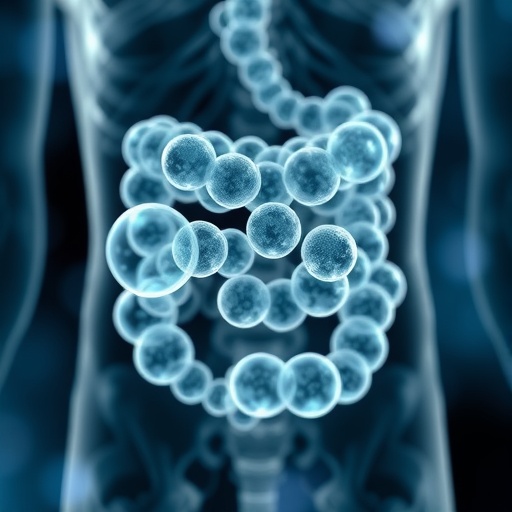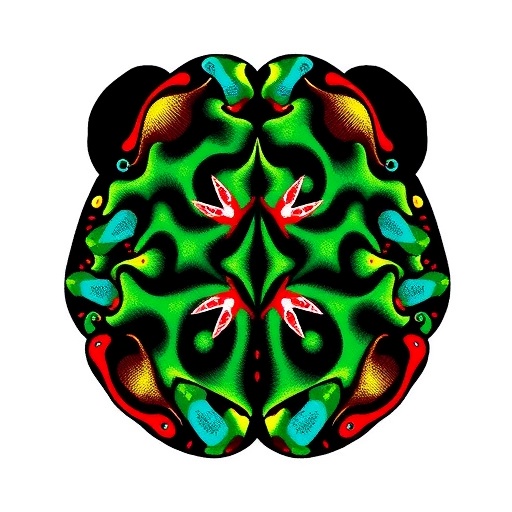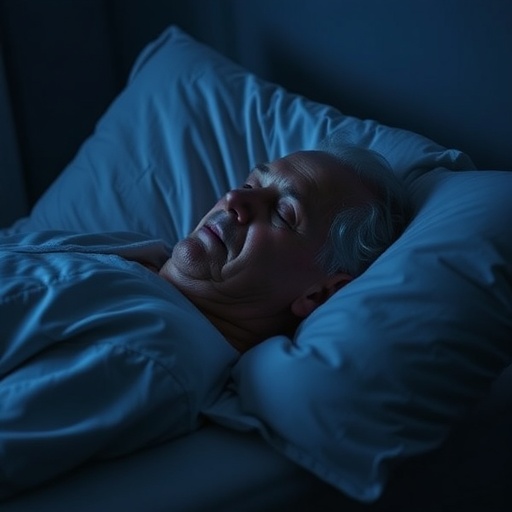PROTECT YOUR DNA WITH QUANTUM TECHNOLOGY
Orgo-Life the new way to the future Advertising by AdpathwayRESEARCH ARTICLE| 04 September 2025
Aaron N. Best
,
Aaron N. Best
Conceptualization, Data curation, Formal analysis, Funding acquisition, Methodology, Software, Visualization, Writing – original draft, Writing – review & editing
Ingenuity Labs Research Institute
,
Department of Mechanical and Materials Engineering
,
Queen's University
,
Kingston, ON
,
Canada
,
K7L 3N6
Search for other works by this author on:
Amy R. Wu
Amy R. Wu
Conceptualization, Funding acquisition, Methodology, Supervision, Writing – original draft, Writing – review & editing
Ingenuity Labs Research Institute
,
Department of Mechanical and Materials Engineering
,
Queen's University
,
Kingston, ON
,
Canada
,
K7L 3N6
Search for other works by this author on:
Competing interests
The authors declare no competing or financial interests.
Received: 15 Oct 2024
Accepted: 21 Jul 2025
Online ISSN: 1477-9145
Print ISSN: 0022-0949
Funding
Funding Group:
Award Group:
- Funder(s):
Natural Sciences and Engineering Research Council of Canada
- Award Id(s):
RGPIN-2019-05221
,CGS-D
- Funder(s):
Funding Group:
Award Group:
- Funder(s):
Queen's Ingenuity Labs Research Institute
- Funder(s):
© 2025. Published by The Company of Biologists
2025
J Exp Biol (2025) 228 (17): jeb249695.
ABSTRACT
During flat walking, the trunk typically maintains an upright posture. However, when walking up slopes, humans tend to increase trunk flexion. This behaviour is not easily understood as increasing trunk flexion increases the torque required at the hip joint to stop the trunk from falling forwards. In this study, we investigated how trunk flexion affected metabolic cost and mechanical work during flat and inclined walking. Seven healthy subjects walked on a flat and inclined surface while trunk flexion angle was enforced using visual feedback. We found that healthy individuals tended to walk at the trunk angle that minimizes metabolic cost, and this trunk angle increased with the incline angle of the walking surface. As trunk flexion increased, hip work rate increased whereas knee and ankle work rate decreased. This study suggests that trunk flexion angle is another feature of gait controlled to maintain energetic efficiency by altering joint level mechanics.
Footnotes
Author contributions
Conceptualization: A.N.B., A.R.W.; Data curation: A.N.B.; Formal analysis: A.N.B.; Funding acquisition: A.N.B., A.R.W.; Methodology: A.N.B., A.R.W.; Software: A.N.B.; Supervision: A.R.W.; Visualization: A.N.B.; Writing – original draft: A.N.B., A.R.W.; Writing – review & editing: A.N.B., A.R.W.
Funding
This study was supported by the Natural Sciences and Engineering Research Council of Canada (NSERC; grant no. RGPIN-2019-05221), the NSERC Alexander Graham Bell Canada Graduate Scholarships – Doctoral Program (CGS-D), and Queen's Ingenuity Labs Research Institute.
© 2025. Published by The Company of Biologists
2025
You do not currently have access to this content.
Sign in
Client Account
You could not be signed in. Please check your email address / username and password and try again.
Email address / Username ?
Password
Pay-Per-View Access
$30.00
























 English (US) ·
English (US) ·  French (CA) ·
French (CA) ·